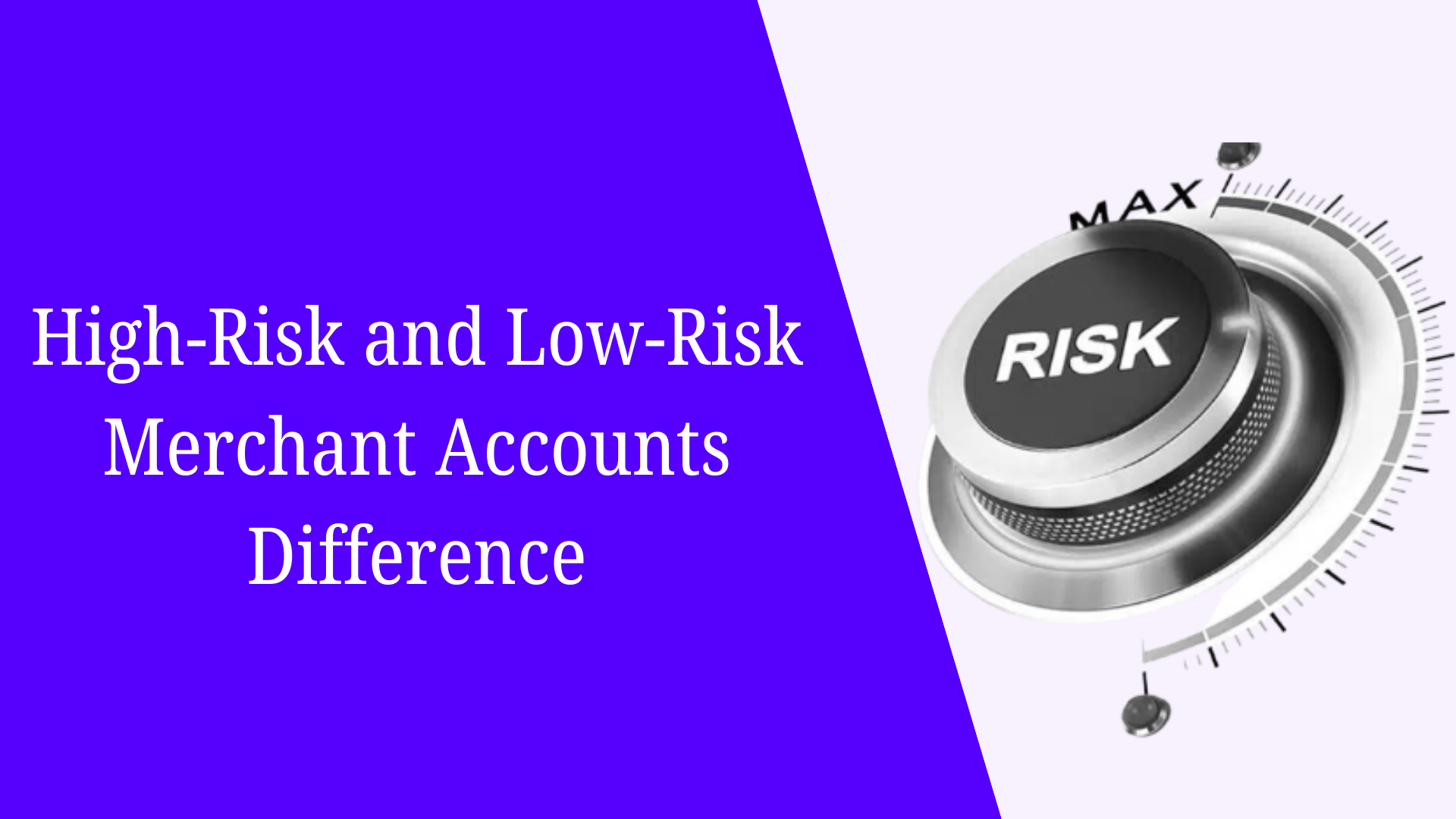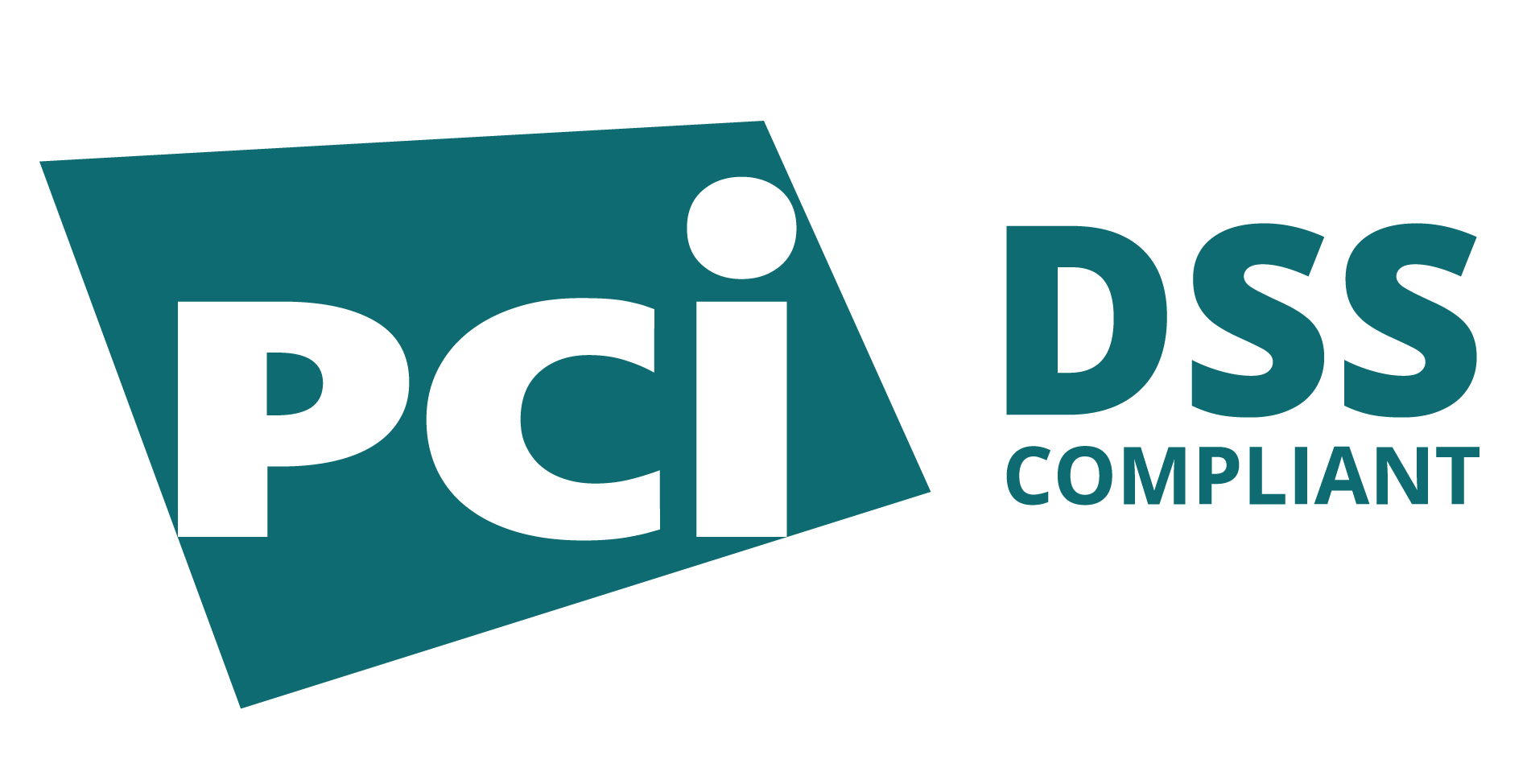Setting up a High-Risk and Low-Risk Merchant Accounts for payment processing is essential for businesses, but not all businesses are treated equally by payment processors. Depending on factors like the industry, business model, chargeback history, and fraud risk, businesses are classified as either High-Risk and Low-Risk Merchant Accounts. Understanding the difference between these accounts helps businesses make informed decisions about payment processing, fees, and contract terms.
Payment Pro’s Payment Processing Solutions caters to both businesses, providing specialized options to ensure smooth payment acceptance regardless of the industry classification.

What Is a High-Risk Merchant Accounts?
A specialized account that is assigned to businesses that operate in industries prone to higher chargebacks, fraud, and regulatory concerns. High-risk industries include credit repair, online gambling, adult entertainment, pawn shops, and travel services, to name a few. Due to the increased risks, these businesses often face stricter regulations, higher fees, and more comprehensive fraud prevention requirements.
What Is a Low-Risk Merchant Accounts?
Such accounts are typically assigned to businesses with stable transaction patterns, low chargeback rates, and a history of operating in more secure and regulated industries. Those merchants generally have smaller average transaction sizes and lower overall sales volumes. Industries like retail, restaurants, and small subscription services often fall into this category. As a result, such merchants benefit from lower fees and more flexible payment processing terms.
Importance of Having a Merchant Accounts for Both High and Low-Risk Businesses:
Regardless of whether a business is High-Risk and Low-Risk Merchant Accounts is crucial for payment processing. This specialized account allows businesses to accept credit and debit card payments, which is essential in today’s digital and cashless economy.
- For businesses with a high rate of risk, having a merchant accounts is vital because many payment processors are hesitant to work with businesses prone to fraud or chargebacks. Without a reliable high-risk merchant account, these businesses would struggle to accept payments and grow.
- For low-risk businesses, a merchant account offers access to lower fees, faster approvals, and flexible contract terms, ensuring efficient payment processing. Having such an account can significantly reduce operating costs, making it easier to manage cash flow and expand.
Payment Pro’s Payment Processing Solutions High-Risk and Low-Risk Merchant Accounts
Payment Pro’s Payment Processing Solutions are designed to cater to both businesses. They offer secure, efficient, and reliable payment processing services tailored to each business’s specific needs. Whether your business falls into any category, we provide a wide range of services to ensure seamless transactions and peace of mind.
Payment Pro for High-Risk Merchant Accounts:
- Tailored Solutions: Payment Pro understands the complexities of such industries and offers customized solutions that include advanced fraud prevention tools and chargeback mitigation systems.
- Competitive Rates: Risky businesses often face higher fees, but Payment Pro works with reliable banking partners to provide competitive rates while minimizing risks.
- Fast Approvals: Unlike other processors that may delay approvals for such businesses, we offer faster approval processes, helping you get up and running quickly.
- Enhanced Fraud Protection: With advanced fraud detection and monitoring systems, high-risk businesses are protected from chargebacks and fraudulent transactions.
Payment Pro for Low-Risk Merchants Accounts:
- Lower Fees: Such merchants enjoy competitive processing fees and lower rates, which help optimize profit margins.
- Quick Setup: We ensure a swift setup process, with approval timelines as short as a few days for low-risk businesses.
- Flexible Contracts: Payment Pro offers month-to-month contracts for these merchants, giving businesses the freedom to switch payment processors without hefty termination fees.
- Basic Fraud Prevention: Even such businesses benefit from Payment Pro’s secure payment gateways and fraud monitoring, ensuring safe and reliable payment processing.
Key Differences Between High-Risk and Low-Risk Merchant Accounts:
1. Industry Classification
- Businesses in industries prone to high chargebacks, fraud, or regulatory concerns are often labeled as risky. This includes sectors like credit repair services, travel, pawn shops, and online gambling. Payment Pro’s solutions focus on helping these businesses manage fraud and process payments securely.
- Low-risk industries typically operate in more stable industries with fewer chargebacks and a consistent flow of low-ticket transactions. Examples include retail stores, restaurants, and subscription services. Payment Pro offers competitive rates and efficient processing solutions for these businesses.
2. Chargeback Risk
- Huge-risk companies are more susceptible to chargebacks due to disputes or fraud. Industries like credit repair often see disputes over service results. Payment Pro’s High-Risk and Low-Risk Merchant Accounts: solutions include chargeback mitigation tools to help reduce disputes and ensure transaction stability.
- Businesses with a low incidence of chargebacks, such as retail or services, face fewer transaction disputes. Payment Pro offers customized merchant account solutions with lower fees and fewer administrative hurdles.
3. Processing Fees
- Due to increased risks, risky merchants pay higher processing fees. Payment Pro helps high-risk businesses secure competitive rates while ensuring they have access to secure gateways and fraud protection.
- Businesses having Low rate of risk generally enjoy lower transaction fees ,making them more cost-effective. Payment Pro offers low-risk processing solutions with the best industry rates for credit card processing.
4. Approval Process
- Businesses with a High-Risk and Low-Risk Merchant Accounts rate of risk face a more rigorous approval process, often needing to provide detailed financial documentation. Payment Pro specializes in high-risk accounts, making it easier for businesses to secure approval quickly.
- Low-risk businesses have a streamlined approval process, allowing them to start processing payments faster. Payment Pro’s low-risk solutions can often approve businesses within a few days.
5. Contracts and Terms
- High-risk merchants are typically locked into long-term contracts with early termination fees due to the risks they pose. Payment Pro offers flexible contracts for High-Risk and Low-Risk Merchant Accounts businesses, helping them avoid lengthy commitments.
- Low-risk merchants often benefit from month-to-month contracts without termination fees. Payment Pro’s lHigh-Risk and Low-Risk Merchant Accounts solutions ensure flexibility, allowing businesses to adjust to market conditions.
6. Rolling Reserves:
- Risky accounts often require a rolling reserve where a percentage of transactions is held to cover chargebacks. Payment Pro works with businesses to minimize reserve requirements, providing quicker access to funds.
- Businesses with a low rate of risk rarely need to worry about reserves due to lower chargeback risks. Payment Pro offers low-risk accounts without reserves for qualified businesses.
7. Payment Gateway and Fraud Protection:
- Risky businesses require advanced fraud detection and prevention tools to mitigate risks. Payment Pro’s High-Risk and Low-Risk Merchant Accounts solutions come with robust fraud monitoring systems to help reduce chargebacks and fraud.
- Businesses having low rates of risk may not need the same level of protection, but Payment Pro offers secure payment gateways with basic fraud prevention features.
Why Are High-Risk and Low-Risk Merchant Accounts: More Expensive?
Certain accounts are more expensive because of the increased chargeback risk, higher potential for fraud, and regulatory challenges in certain industries. Payment processors charge higher fees to mitigate these risks, but Payment Pro offers specialized solutions that help reduce costs while maintaining high levels of security.
Benefits of High-Risk and Low-Risk Merchant Accounts::
Despite the challenges, certain accounts provide several benefits, including access to global markets, enhanced fraud prevention, and payment processing capabilities that might not otherwise be available. Payment Pro’s customized services enable businesses to operate securely, offering the tools needed to grow while managing risk.
Why Low-Risk Merchant Accounts Are Cost-Effective?
These merchant accounts offer low fees, fast approval, and flexible contracts, making them a more cost-effective solution. Payment Pro’s solutions help businesses of all sizes accept payments efficiently and scale operations with minimal friction.
Conclusion:
The difference between High-Risk and Low-Risk Merchant Accounts: comes down to the perceived level of risk. Risky businesses face higher fees and stricter requirements, while low-risk businesses benefit from lower costs and flexible terms. Payment Pro’s Payment Processing Solutions ensure that both businesses can securely and efficiently accept payments, with tailored services that meet their unique needs. Whether your business falls into any category, having the right High-Risk and Low-Risk Merchant Accounts is essential for managing payments, reducing risk, and ensuring growth.


